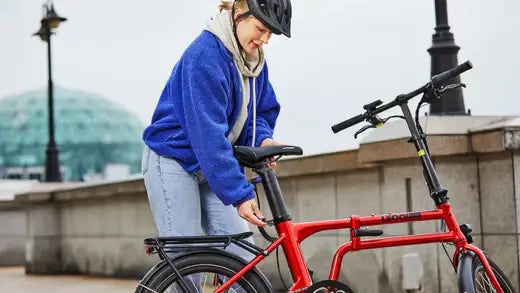
Should I Charge My Electric Bike After Each Ride?
To charge or not to charge e bike after every ride—that is the question many electric bike owners face. The battery is the lifeblood of an e-bike, and you need to properly care for it to ensure that the battery stays functional and effective for a long time. Proper electric bike battery care involves understanding charging, storage, and overall maintenance to keep your ride reliable.
Proper charging habits will reduce the degradation of your e bike battery, allowing you to enjoy optimal performance for an extended period. Also, following the appropriate charging practices ensures your battery delivers consistent power output. This means you experience the full range and power your electric bike is capable of. Is overcharging ebikes dangerous? Overcharging or neglecting proper care can damage your e-bike battery. This can manifest in reduced capacity, overheating, or even complete failure. Following the correct charging practices minimizes these risks.
Electric Bike Battery Maintenance Essentials
A electric bike battery nearing the end of its lifespan might not provide the expected bike range. Understanding your e bike battery health helps you anticipate potential limitations and avoid getting stranded on a ride. Also, electric bike batteries can be expensive to replace. When you know your battery health, you can take proactive steps to extend its lifespan, saving you money on replacements down the line.

Just like taking care of your car engine, proper maintenance keeps your e-bike battery running smoothly. Inspect your e bike battery for any dirt, debris, or corrosion on the contacts. A clean battery ensures proper connection and charging efficiency. You also need to avoid storing your e-bike in extreme temperatures (hot or cold) for extended periods. Ideally, store it in a cool, dry place with moderate temperatures. If storing for a long time, keep the battery at around 50% charge.
Use your original e-bike charger. The charger that comes with your Leoguar electric bike is designed to work safely and efficiently with your specific battery. Using an incompatible charger can damage the e bike battery. Protect your battery from bumps, drops, or any forceful impact. Physical damage can compromise the battery's internal components and shorten its lifespan.
Factors Affecting Electric Bike Battery Life
Several factors can influence how long your e-bike battery lasts. One of these is the depth of discharge. Letting your battery frequently drain below 20-30% can stress the battery and shorten its lifespan. Extreme temperatures can also affect your electric bike battery life. Both hot and cold temperatures can negatively impact your electric bike battery's performance and lifespan. Ideally, charge and store your battery in moderate temperatures.
Following proper charging practices, like avoiding overcharging and regularly topping up the e bike battery, will extend your e-bike’s lifespan. However, like any battery, electric bike batteries naturally degrade over time. Following proper care practices can slow down this degradation process, but eventually, the battery will need to be replaced. The quality of the battery cells and manufacturing processes can significantly impact the battery's lifespan and performance. Opting for a reputable electric bike like the Leoguar Flippo electric folding bike generally ensures higher-quality batteries.

Optimal Charging Practices
Is it ok to not fully charge an ebike battery? The answer to the question of whether you charge your e-bike daily or occasionally depends on your riding habits. If you ride quite frequently, that is, if you use your e-bike daily or multiple times a day, you should charge the battery after each ride. This keeps the e bike battery topped up and minimizes the depth of discharge, extending its lifespan.
However, if you're a casual rider who uses your electric bike less frequently, occasional charging is acceptable. However, you need to avoid letting the electric bike battery level fall below 20-30% for extended periods. When the e bike battery dips this low, it can put stress on the cells and decrease their overall lifespan.
Modern ebike chargers typically have built-in safeguards to prevent overcharging. However, it's still important to follow proper charging practices. Overcharging generates excessive heat, which can degrade the battery cells and shorten their lifespan. In extreme cases, overcharging can lead to permanent damage to the battery, potentially rendering it unusable. Overheated batteries pose a safety risk, with the potential for fire or explosion in rare cases.
However, there are some safe charging methods you can employ. Once the battery reaches 100% charge e bike, disconnect the charger from the outlet. Avoid leaving it plugged in for extended periods. Refer to your Leoguar manual for specific charging instructions and any time limits related to charging duration.
How to Charge an Electric Bike for Maximum Battery Life?
A well-maintained electric bike battery lasts longer, saving you the cost of a premature replacement. There is also the peace of mind that comes with knowing your battery is in top condition. You can focus on enjoying the ride without worrying about unexpected breakdowns or limitations due to a compromised battery.
More so, a healthy battery is a safe battery. By maximizing your battery's lifespan, you minimize the risk of malfunctions or overheating that could lead to safety hazards while riding. Here's a breakdown of key practices to ensure your electric bike battery delivers optimal performance for years to come:
Monitor Battery Levels
Just like keeping an eye on your fuel gauge in a car, develop the habit of checking your electric bike's battery level regularly. Most e-bikes have a battery indicator that displays the remaining charge. By monitoring your e bike battery level, you can avoid letting it completely drain, a practice that can stress the battery and shorten its lifespan.

Charge in a Cool, Dry Place
Just like leaving a chocolate bar in a hot car, extreme temperatures can really damage your electric bike battery. Whenever possible, charge your ebike battery indoors at room temperature. Avoid charging in direct sunlight or hot garages. Opt for cool, dry environments to keep your electric bike battery happy and healthy.
Charge After Long Rides
The best practice is to charge your e bike battery as soon as possible after a very long ride. Frequent deep discharges can stress the battery and shorten its lifespan. For everyday rides, topping up the battery after use is ideal. If you plan to put your electric bike away for an extended period (weeks or months), charge the battery to around 50% before storage and disconnect it from the charger. Storing a fully charged or completely drained battery can negatively impact its health over time.
Conclusion
Ensuring the longevity and optimal performance of your e-bike battery depends on your battery care and charging practices. Similar to how extreme temperatures can damage delicate electronics, you have to charge your electric bike battery in cool, dry environments.
For extended rides that significantly deplete the battery, a prompt recharge is recommended. Finally, when storing your e-bike for extended periods, consider the battery's well-being; storing the electric bike battery at a moderate charge level is advisable. This ensures the battery remains healthy and ready for future use when you take your electric bike out for its next adventure. Just follow the proper practices that will help you maximize your e-cycling experience for years to come.




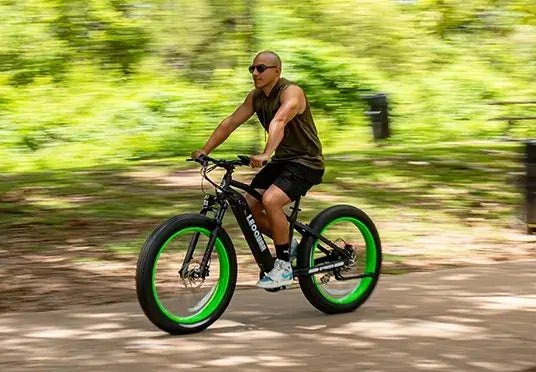
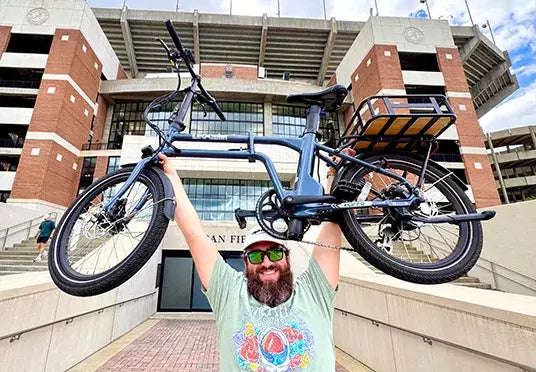
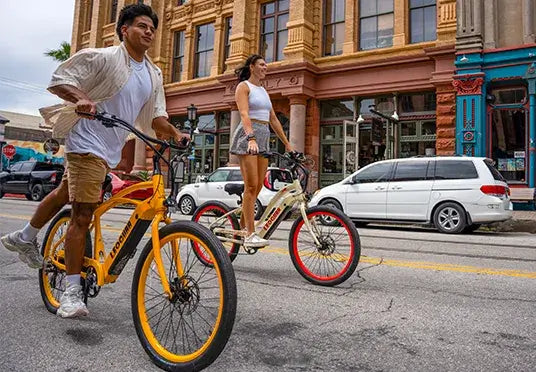
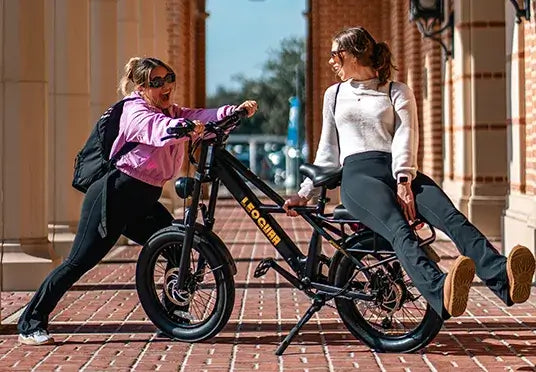
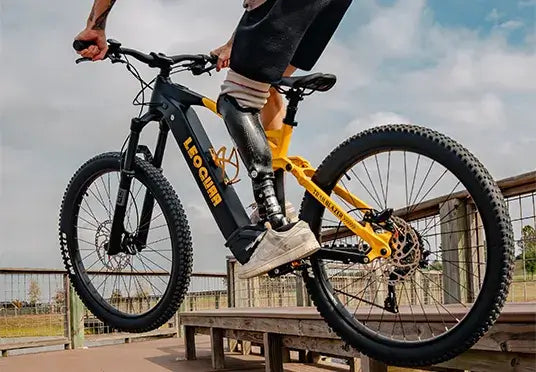
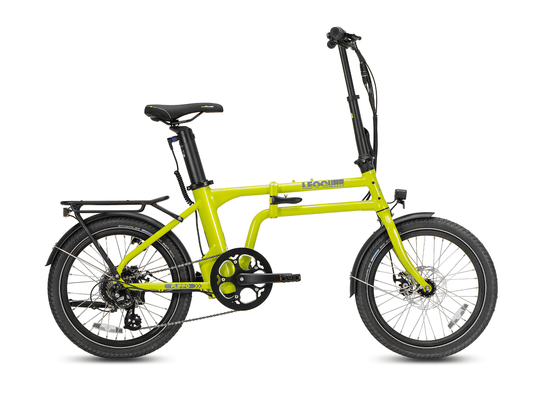
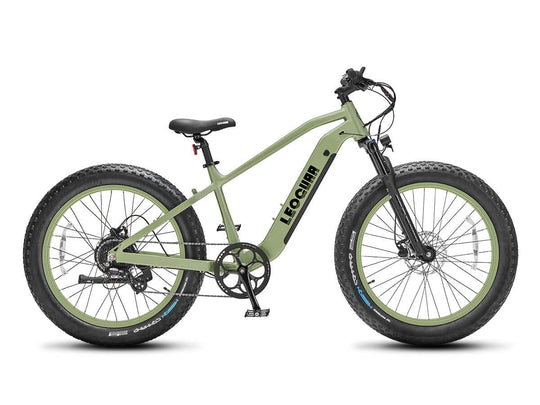
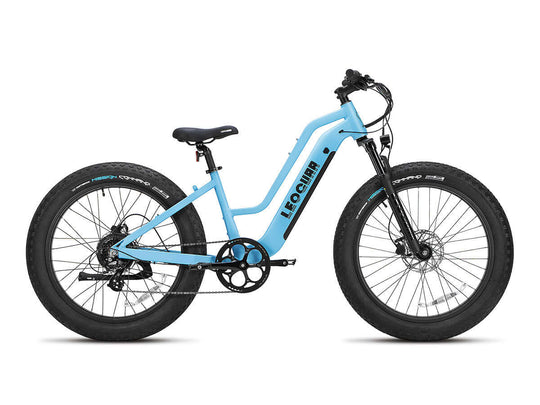
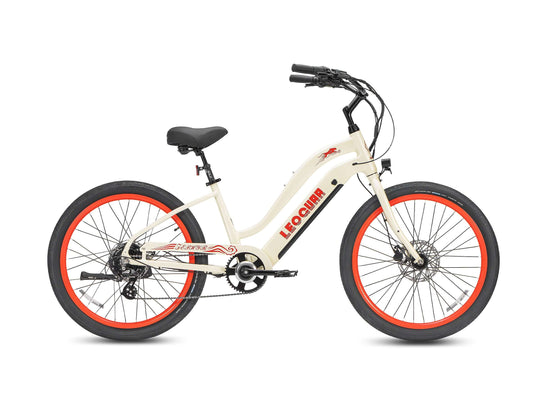
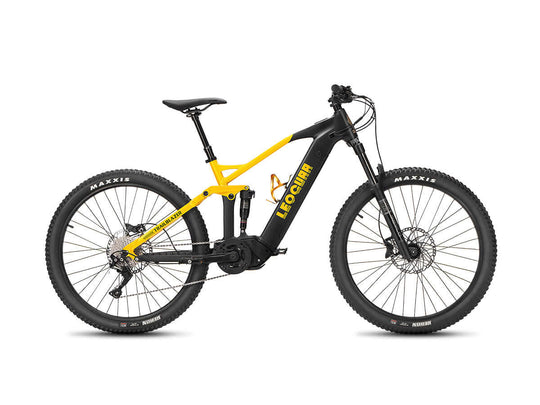

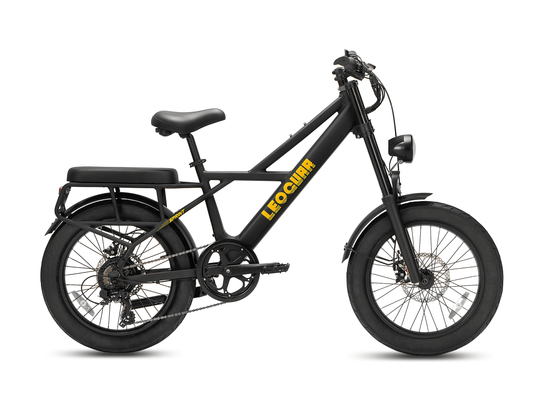


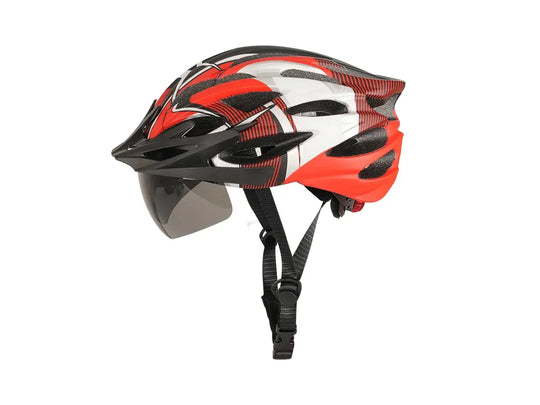

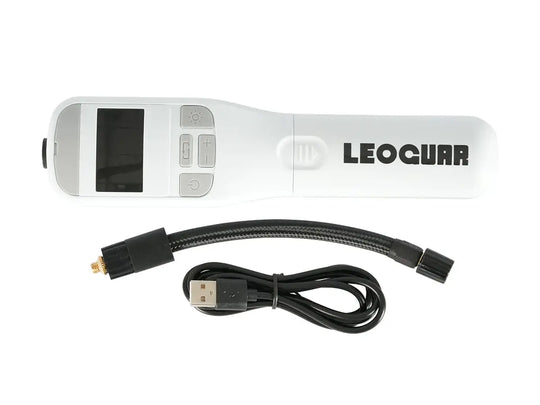
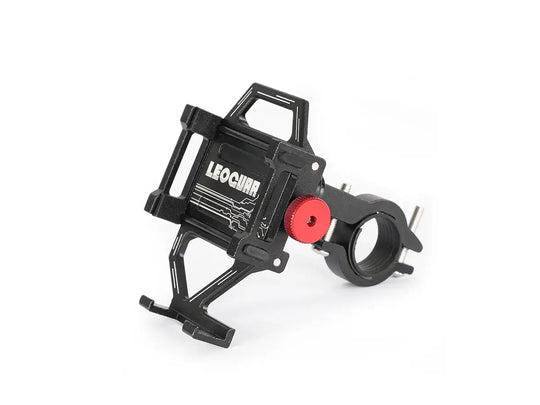
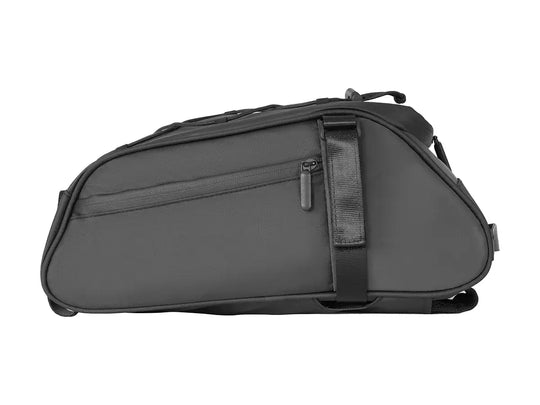
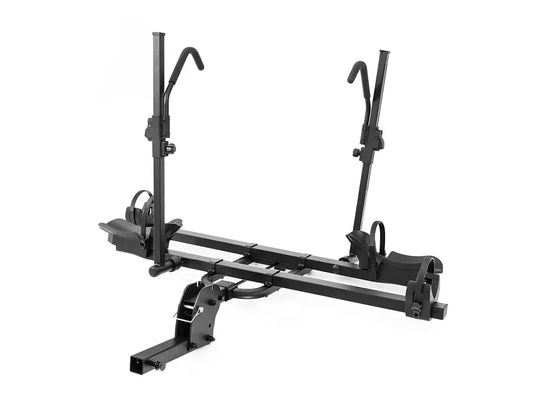
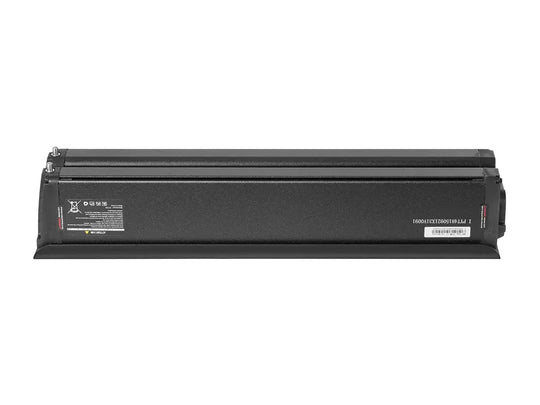

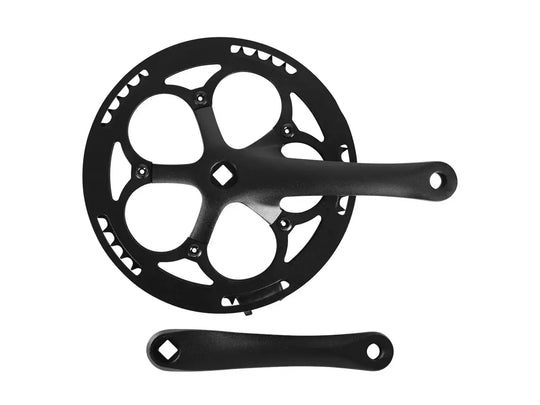
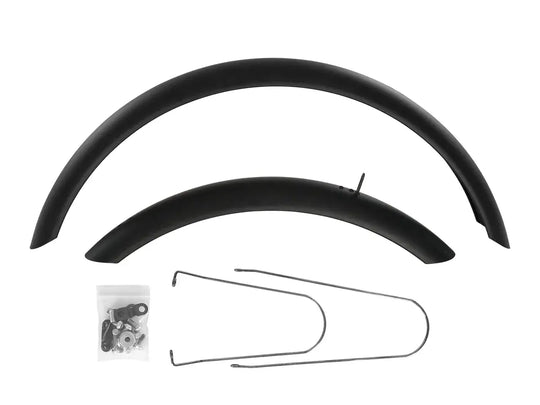
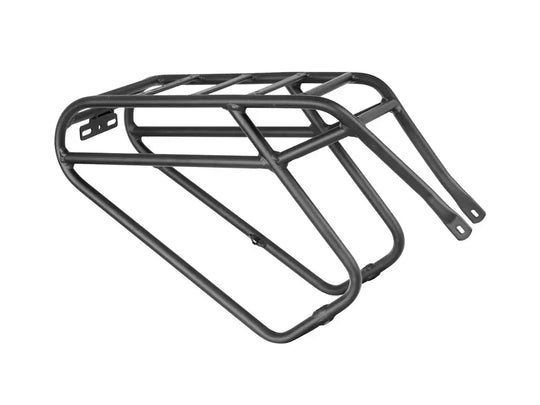
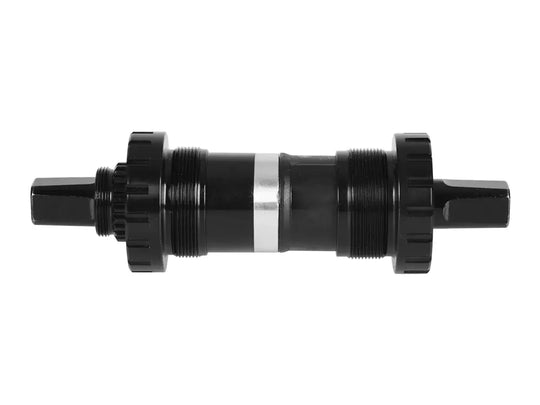

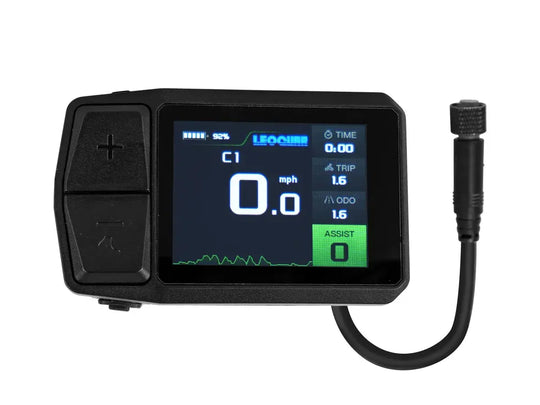
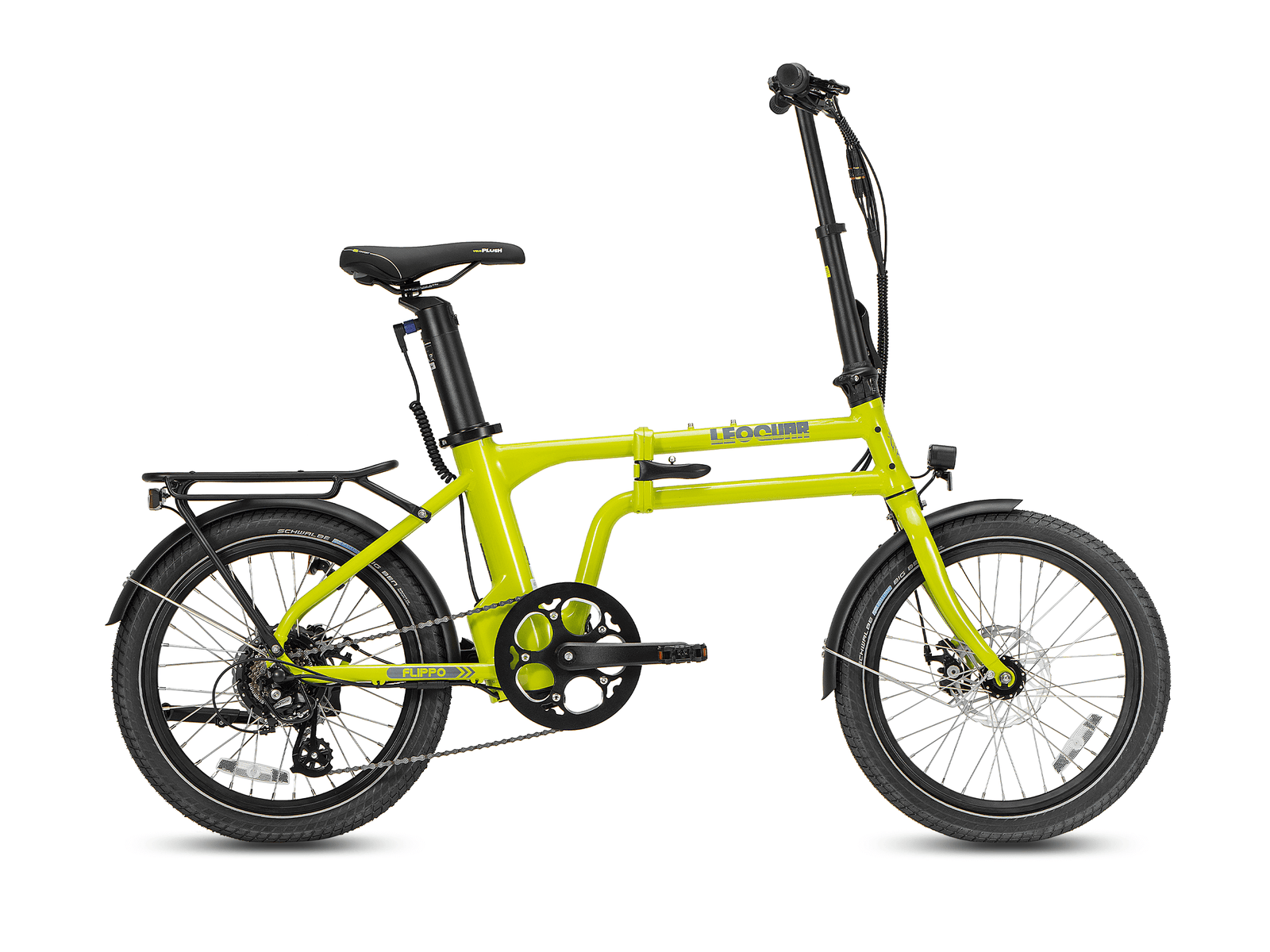







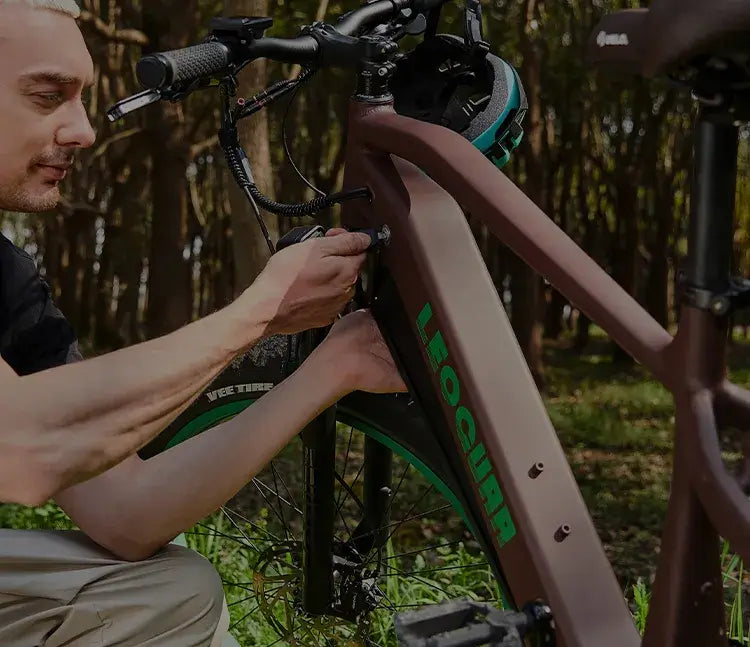
Leave a comment